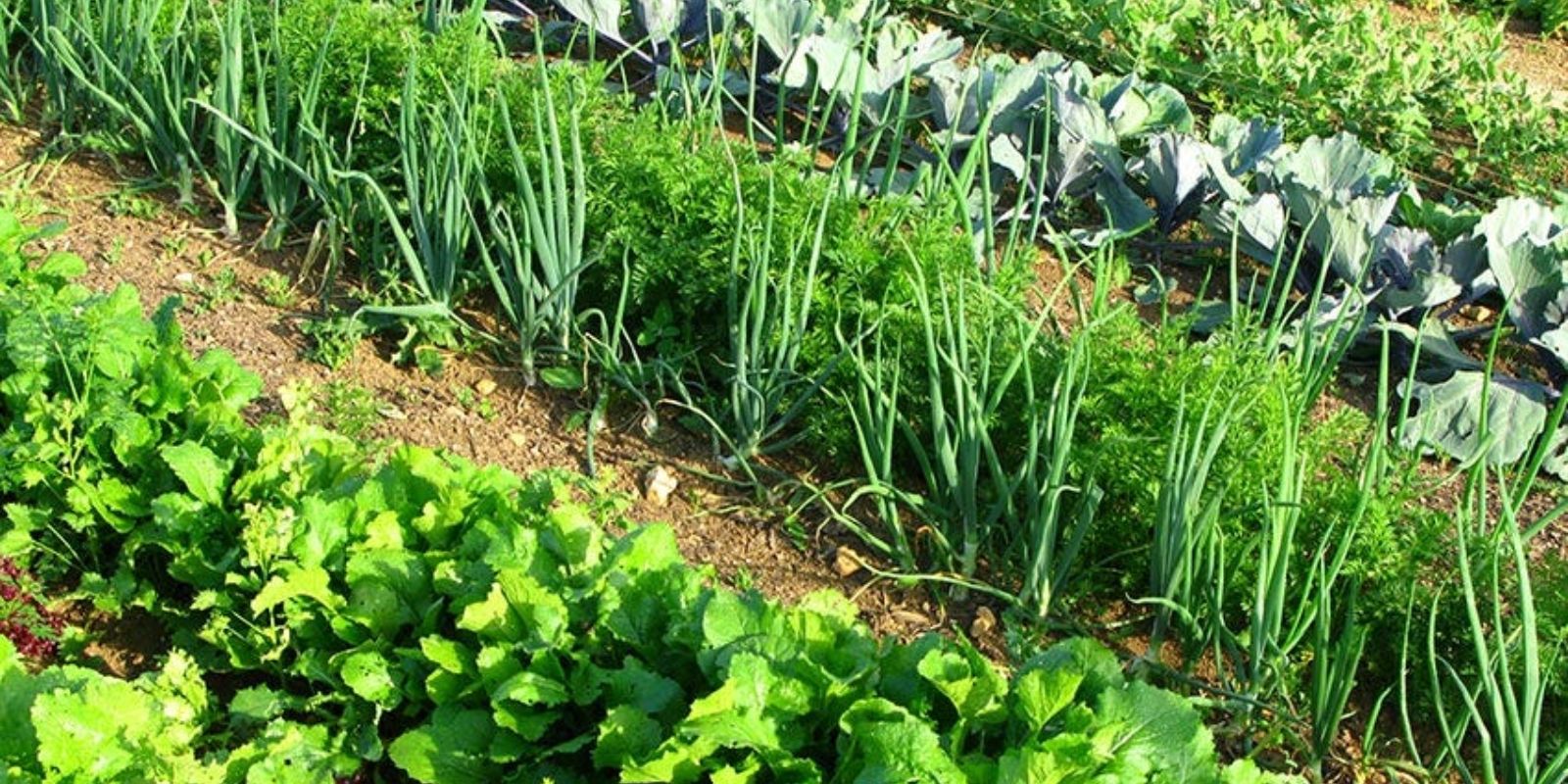Every gardener dreams of a lush, productive vegetable garden, but achieving that vision often involves more than just basic care. While conventional gardening practices are essential, incorporating some underrated yet highly effective strategies can significantly enhance your vegetable harvest. This article unveils these lesser-known tips to help you maximize your garden’s productivity and enjoy a truly bountiful harvest.
1. Incorporate Green Manures
What Are Green Manures?
Green manures are cover crops planted to improve soil health. They are typically fast-growing plants like clover, rye, or vetch that are tilled under before they mature. These plants add organic matter to the soil, which enhances its fertility, structure, and water-holding capacity.
Benefits for Your Garden:
- Soil Enrichment: Green manures increase soil organic matter and nutrients, which benefits subsequent crops.
- Improved Soil Structure: They help to improve soil aeration and drainage, reducing compaction.
- Weed Suppression: Green manures can outcompete weeds, reducing the need for manual weeding.
How to Use Green Manures:
- Plant in Fall or Early Spring: Sow green manures in late summer or early spring. Allow them to grow until just before your main planting season.
- Tilling: Before planting your main crops, till the green manures into the soil. This process should be done a few weeks before planting to allow the green manure to decompose.
2. Use Raised Beds
Understanding Raised Beds:
Raised beds are garden plots elevated above the ground, usually framed with wood, stone, or other materials. They provide excellent drainage and are often filled with a nutrient-rich soil mix.
Advantages of Raised Beds:
- Enhanced Drainage: Raised beds prevent waterlogging, which can be detrimental to root health.
- Better Soil Control: You can customize the soil mixture to suit specific vegetable needs.
- Easier Access: They reduce the need to bend down, making gardening more accessible and comfortable.
Implementing Raised Beds:
- Construction: Build your raised bed using rot-resistant materials such as cedar or composite wood. The height of the bed should be at least 6-12 inches.
- Soil Mix: Fill the bed with a mixture of compost, peat moss, and garden soil for optimal fertility and drainage.
- Planting: Plant your vegetables according to their spacing needs and follow recommended planting depths.
3. Practice Crop Rotation
What Is Crop Rotation?
Crop rotation is the practice of growing different types of vegetables in the same area over different seasons or years. This strategy helps to maintain soil health and reduce pest and disease problems.
Why Rotate Crops?
- Prevent Soil Depletion: Different plants have varying nutrient needs. Rotating crops prevents the depletion of specific nutrients.
- Reduce Pest and Disease Risks: Many pests and diseases are specific to certain plant families. Rotating crops disrupts their life cycles, reducing infestations.
How to Rotate Crops:
- Group Plants: Divide plants into families and rotate them accordingly. For example, follow heavy feeders like tomatoes with legumes that fix nitrogen.
- Planning: Create a planting plan that rotates crops annually or biannually. Keep a garden journal to track your rotations and outcomes.
4. Apply Biochar
What Is Biochar?
Biochar is a form of charcoal produced by heating organic material in the absence of oxygen. It is added to soil to improve its health and fertility.
Benefits of Biochar:
- Nutrient Retention: Biochar enhances the soil’s ability to retain nutrients, reducing the need for chemical fertilizers.
- Water Holding Capacity: It improves soil’s ability to hold water, which is especially beneficial during dry periods.
- Soil Aeration: Biochar improves soil structure, promoting better root growth.
Using Biochar in Your Garden:
- Application: Mix biochar into the top 6-12 inches of soil before planting. A rate of 1-2 pounds per square foot is typically recommended.
- Integration: Combine biochar with compost to enhance its benefits and ensure it integrates well with the soil.
5. Utilize Shade Cloths
What Are Shade Cloths?
Shade cloths are materials used to provide shade and reduce the intensity of sunlight reaching your plants. They come in various densities, allowing you to control the amount of light your plants receive.
Benefits of Shade Cloths:
- Heat Stress Reduction: Shade cloths help protect plants from excessive heat and sunburn.
- Improved Fruit Development: By reducing heat stress, shade cloths can improve the quality and yield of your vegetables.
- Extended Growing Season: They can be used to extend the growing season by protecting plants during extreme weather conditions.
How to Use Shade Cloths:
- Selecting Shade Cloth: Choose a shade cloth with the appropriate density for your climate and plants. For example, 30-50% shading is usually effective for most vegetables.
- Installation: Install shade cloths over plants using stakes or a frame. Ensure the cloth is securely fastened and does not come into direct contact with the plants.
Conclusion: Cultivate Your Garden’s Full Potential
Incorporating these underrated tips can transform your vegetable garden into a highly productive and thriving space. By enriching soil with green manures, utilizing raised beds, practicing crop rotation, applying biochar, and using shade cloths, you can unlock hidden secrets to boost your garden’s yield.
Embrace these lesser-known strategies and watch as your garden flourishes with increased productivity and abundant harvests. With dedication and the right techniques, you’ll achieve a garden that provides a rich bounty of fresh, delicious vegetables year after year. Happy gardening! 🌱🥦🍅

